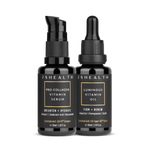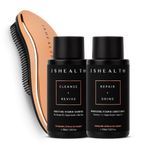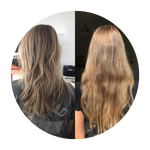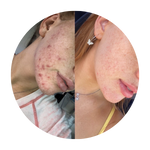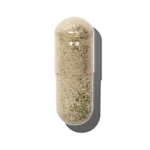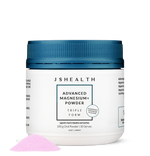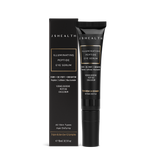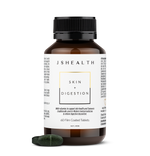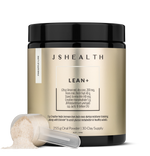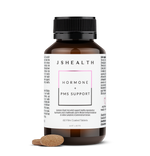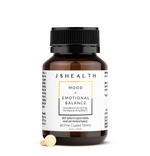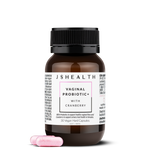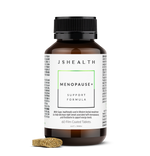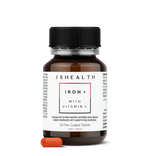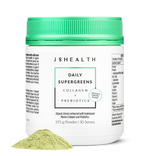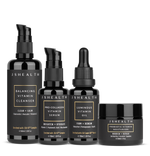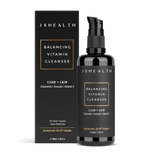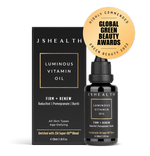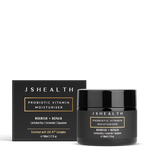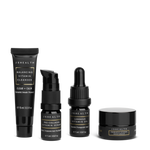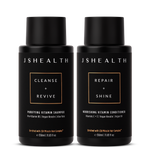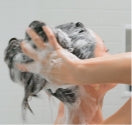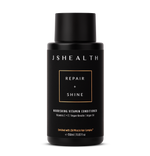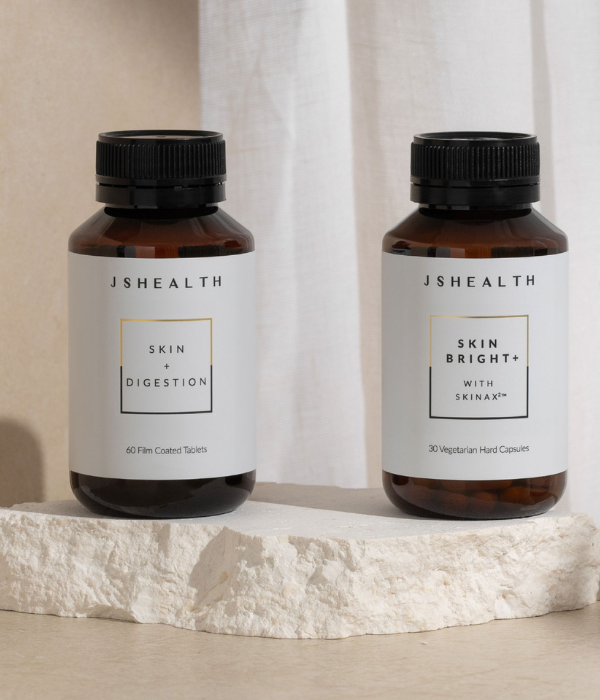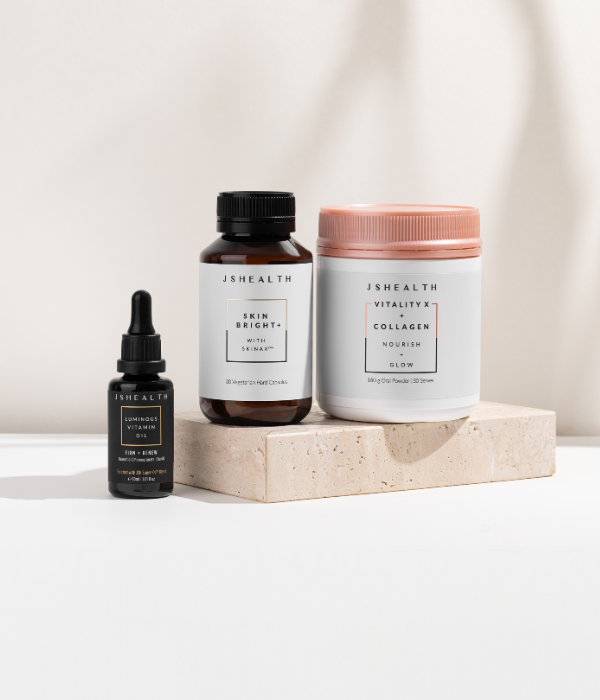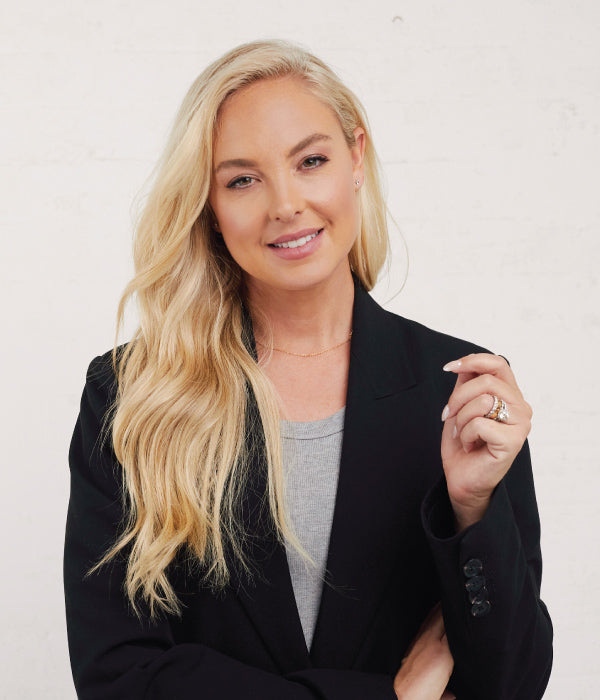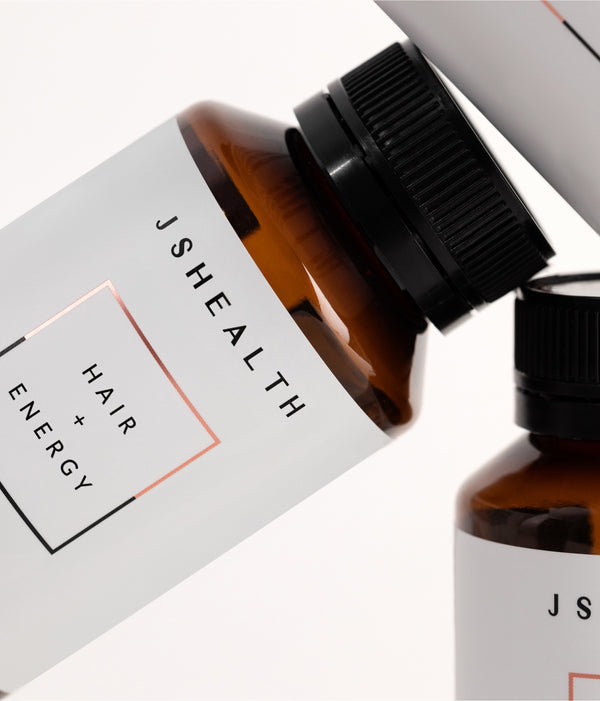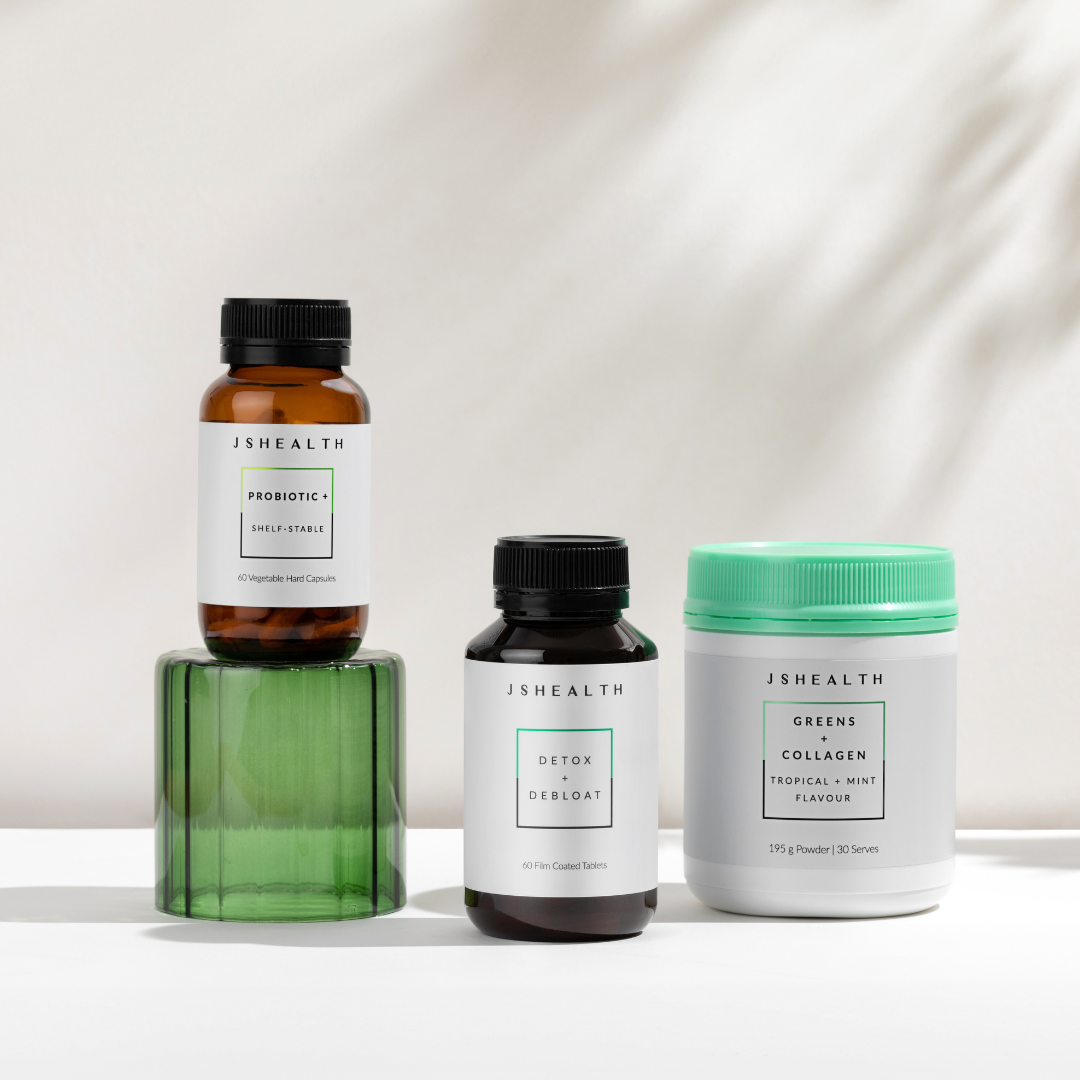The Science Behind Hair Growth
Hair has long fascinated us with its ability to grow, change colour and even fall out. But what drives hair growth? Why do some people suffer from hair loss while others have shiny, healthy hair? The answers lie in the science of hair growth and the many phases it undergoes.
Just as the quality of its leaves can gauge the health of a tree, hair health can provide insights into our overall health and the internal and external factors influencing it. From hormonal imbalances and dietary deficiencies to hair care habits and environmental conditions, several variables affect our hair health.
Understanding Hair Anatomy and Hair Growth Phases
The structure of hair has parts above and below the surface. The portion of hair we see and style is known as the hair shaft, composed primarily of keratin, a protein that provides strength and elasticity.
Surrounding the shaft are protective layers called cuticles, which, when healthy, lay flat, offering shine and smoothness to the hair. Under the surface of the skin are hair follicles. These tiny sacs anchor each strand into the scalp.
Natural oils, produced by the sebaceous glands, play a critical role in hair health. These oils moisturise the hair and scalp, ensuring the hair remains hydrated, supple and less prone to breakage.
Phases of Hair Growth
Hair goes through a cyclical growth journey. This journey consists of three primary phases:
- Anagen (Growth Phase): Hair actively grows during this phase, which can last anywhere from two to six years. The length of this phase determines the maximum length of the hair.
- Catagen (Transitional Phase): Lasting about two weeks, this short phase includes shrinking hair follicles, leading to the hair detaching from its blood supply.
- Telogen (Resting Phase): Spanning around three to four months, this is when hair shedding becomes most noticeable. Around 10 to 15 percent of all hairs are in this phase at any given time. After the end of the telogen phase, the hair follicle re-enters the anagen phase, pushing out the old strand in favour of new hair growth.
These phases are why we lose hair daily and why, at certain times, we might notice increased hair shedding. However, it's crucial to differentiate between natural shedding and hair loss, possibly due to external factors or underlying health conditions.
Common Causes of Hair Loss and Thinning Hair
Hair loss is a concern shared by many, and understanding the root causes can aid in preventing or mitigating its effects. Thinning hair, while often grouped with hair loss, can be a distinct issue, or a precursor to more significant hair loss.
This can happen due to several causes:
- Genetic Predisposition: For many, hair loss is written in their DNA. Hereditary hair loss is the most common cause of hair thinning and loss. When faced with this, it's essential to consult with a board-certified dermatologist to explore possible hair loss treatments.
- Hormonal Changes: Life events, such as pregnancy, menopause or thyroid issues, can lead to hormonal imbalances. These imbalances often result in hair loss or thinning, with many experiencing postpartum hair shedding or telogen effluvium. Fortunately, these cases are typically temporary, with hair regrowth occurring once hormones stabilise.
- Nutritional Deficiencies: Like every other part of our body, our hair requires specific nutrients for optimal growth and health. Deficiencies in vitamins and minerals, such as vitamin D, vitamin C, omega-3 fatty acids and biotin, can weaken hair health and increase breakage.
- External Hair Damage: Over-styling, heat styling without a heat protectant, using harsh products or frequently sporting tight hairstyles like braids and ponytails can cause hair breakage and thinning. Moreover, chemical treatments, like bleach, can compromise the hair shaft's integrity, making it susceptible to split ends and breakage.
- Scalp Conditions: A healthy scalp is the foundation of healthy hair growth. Conditions such as dandruff, psoriasis or fungal infections can inhibit hair follicles' functionality, leading to hair loss. Natural oils and essential oils, like rosemary oil, have been touted to promote a healthy scalp environment, supporting hair regrowth.
- Medications and Treatment Side Effects: Some over-the-counter and prescription medications have side effects that impact hair health.
- Stress: Chronic stress pushes hair follicles into the telogen phase prematurely. Managing stress through practices like scalp massage, meditation or even physical exercise can play a role in restoring hair health.
- Environmental Factors: Just as our skin suffers from environmental aggressors, our hair does too. Prolonged exposure to the sun, polluted environments and even chlorinated water can degrade hair health, leading to thinning and breakage.
While hair loss and thinning can be distressing, understanding the root causes offers hope. Tailored hair care, seeking advice from dermatology experts and overall health vigilance can pave the way for revitalised, lush locks.
Optimising Hair Growth: Proven Tips and Solutions
While genetics plays a role, there are actionable steps everyone can take to optimise hair health and encourage robust hair growth.
Let’s look at specific advice to fortify hair and mitigate challenges like breakage, split ends and damaged hair.
- Essential Nourishment With Supplements: Often, what we ingest reflects on the outside. Supplements rich in biotin, vitamin E, vitamin D and omega-3 fatty acids can support hair strength and shine. However, it's wise to consult a dermatologist before starting any new regimen.
- Invest in a Quality Conditioner: A good conditioner hydrates the hair, ensuring minimised breakage and frizz. Opt for products tailored to your hair type and pay attention to ingredients that nourish, like antioxidants and natural oils.
- Limit Heat Styling: While it's tempting to opt for that straight or curled look often, frequent heat styling can damage the hair shaft. When you do, always use a heat protectant and tools with adjustable temperature settings.
- Regular Trims: Split ends can impede hair growth by causing breakage. Regular trims ensure healthy hair ends, fostering long hair without the impediments of damage.
- Maximise Blood Flow With Scalp Massage: A healthy scalp is pivotal for robust hair growth. Scalp massage feels good and increases blood circulation, promoting hair follicles' vitality. Add a few drops of rosemary oil for enhanced benefits.
- Mind Your Hairstyles: Tight ponytails, braids, or other styles can stress the hair shaft and follicles. Opt for looser hairstyles that don't tug at the roots. Also, swap elastic bands with softer hair ties to prevent breakage.
- Over-the-Counter Solutions: Minoxidil, commonly known by the brand name Rogaine, is a treatment for hair loss. It's available over the counter and can benefit both men and women experiencing thinning hair. However, one should be mindful of potential side effects and consult a board-certified dermatologist.
- Natural Masks and Essential Oils: Once a week, treat your hair to a natural mask, ranging from hydrating avocado masks to strengthening egg and yoghurt concoctions. Essential oils, like rosemary and lavender, can be added to your regular oil or conditioner for an added boost.
- Silk Pillowcases: These cause less friction than cotton, reducing the risk of hair breakage, split ends and frizz. Plus, they're gentle on the skin.
- Stay Hydrated and Eat Right: Hydration is the key to overall health, including that of your hair. Drink ample water and incorporate foods rich in antioxidants, vitamins and proteins. This nurtures not only the hair shaft but also the hair follicle, promoting healthy hair growth.
Achieving and maintaining healthy locks demands intentional hair care, consistent effort and sometimes professional guidance. Whether you're looking to reverse the effects of hair loss or support your hair health, remember that your hair is a reflection of your overall health. Prioritise holistic wellbeing, and your hair will inevitably thrive.
Conclusion
At JSHealth, we believe that understanding the intricate science behind hair growth is the first step toward embracing and nurturing our crowning glory. While genetics and environmental factors undeniably influence hair health, proactive and informed care can make a significant difference.
You can support hair health by adopting a holistic approach both inside and out— combining balanced nutrition, proper hair care practices and occasionally seeking expert advice.
It's essential to remember that hair, like any aspect of our wellbeing, thrives when nurtured with patience, kindness and love.
Sources:
What is the structure of hair and how does it grow? | NCBI Bookshelf
Keratin: Protein, Structure, Benefits, Uses & Risks | Cleveland Clinic



